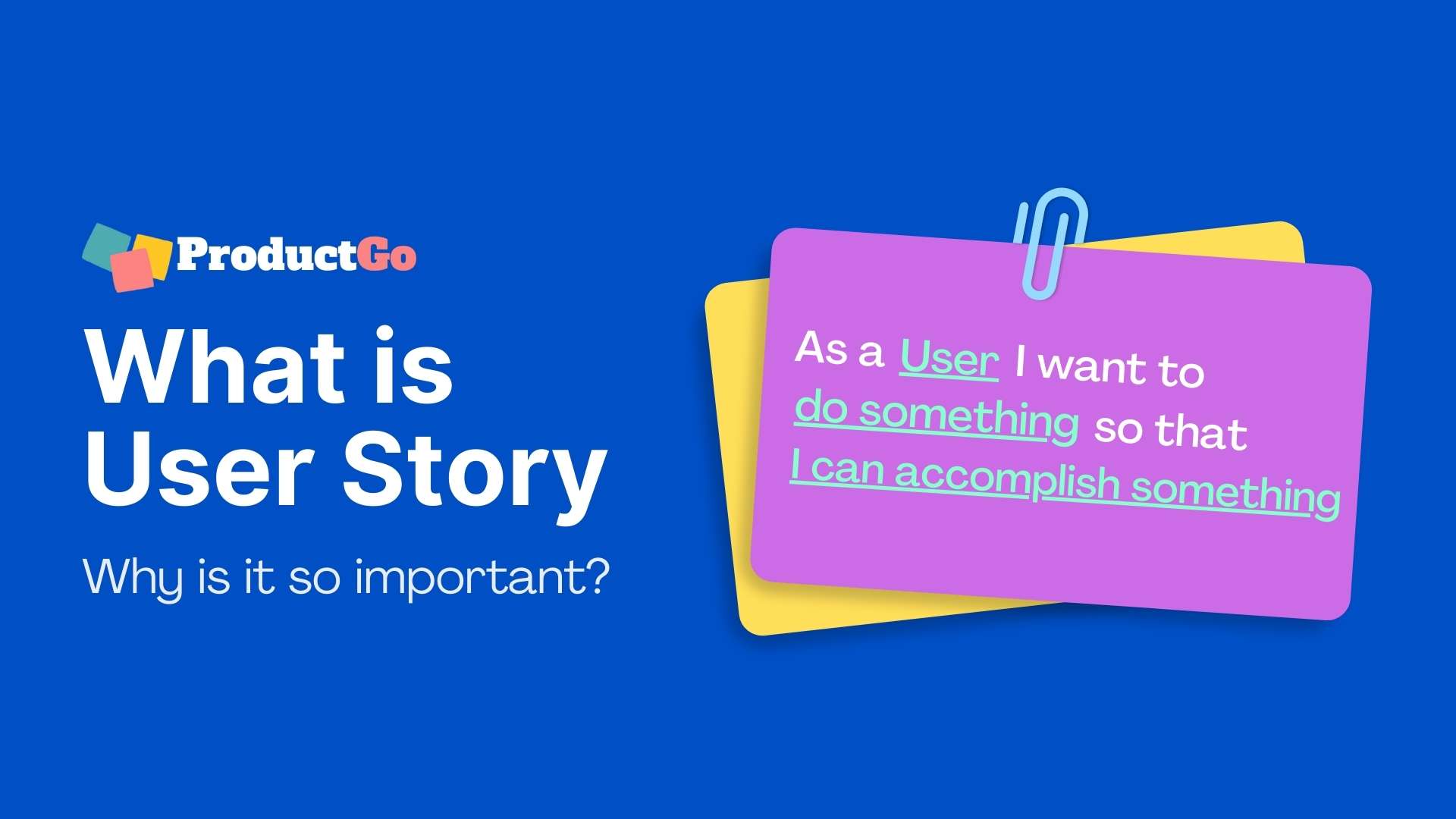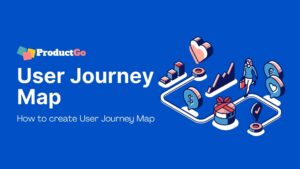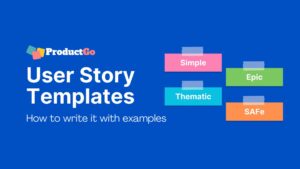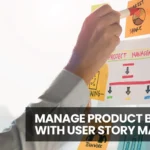In the fast-paced world of agile software development, understanding and effectively communicating user needs and requirements is paramount to success. This is where the concept of a “user story” comes into play.
A user story is more than just a description; it’s a tool that encapsulates the essence of what a user desires from a software feature.This article explores the intricacies of user stories, their evolution, and their critical role in agile development.
Table of Contents
- What is a User Story?
- Origin and Evolution of User Stories
- The User Story Template
- INVEST Acronym: Ensuring Quality User Stories
- The 3Cs for User Stories
- User Story Examples
- Acceptance Criteria: Defining Done
- Relationship to Epics, Themes, and Initiatives/Programs
- User Story Mapping: Navigating the User’s Journey
- Sum Up
What is a User Story?
A user story is a tool used in agile software development to capture a description of a software feature from the perspective of an end user. It is a short, simple statement that describes a feature or functionality that the user needs to perform their job or achieve their goals.
A user story is typically composed of three elements: a persona, a need, and a purpose. The persona is the user or customer who will be using the software feature. The need is what the user wants to accomplish with the feature. The purpose is the reason why the user wants to accomplish this goal.
The purpose of a user story is to provide a clear understanding of what the user wants to accomplish with the software feature. It helps to ensure that the development team understands the needs of their users and can create products that meet those needs.
Origin and Evolution of User Stories
User stories were developed in the late 1990s as a way to capture and manage software requirements in a more flexible and user-friendly way than traditional use cases. They are typically written in a natural language format and focus on the needs of the users.

User stories have evolved as the agile software development methodology has matured. One of the most significant changes is the increased emphasis on collaboration between the development team and the stakeholders. Another change is the increased focus on acceptance criteria, which are specific conditions that must be met for a user story to be considered complete.
The User Story Template
Breaking Down the User Story Template
The most common user story template is the
"As a [user type], I want to [achieve a goal] so that [I can reap a benefit]".
This template is simple, yet it effectively captures the key information needed to understand the user’s needs:
- User type: Who is the user who wants to achieve this goal?
- Goal: What does the user want to achieve?
- Benefit: Why does the user want to achieve this goal?
Variations in User Story Formats
While the classic user story template (“As a [Role], I want to [Action] so that [Benefit]”) is widely used, agile teams may adapt and use variations to suit their specific needs. Some variations include:
- Gherkin Syntax: Teams practicing Behavior-Driven Development (BDD) often use Gherkin syntax, which combines user stories with executable specifications. Examples include “Given-When-Then” statements.
- Job Stories: Job stories are an alternative format that focuses on a specific situation or context, emphasizing the motivation behind the user’s action. They follow the format “When [Situation], I want to [Motivation], so I can [Outcome].”
- Feature or Epic Templates: For larger features or epics, teams may use templates that provide more structure and detail, including additional sections for context, constraints, and stakeholders.
INVEST Acronym: Ensuring Quality User Stories
The INVEST acronym serves as a valuable guideline in agile development for creating and maintaining high-quality user stories:
- Independent: Independent user stories are easier to prioritize and implement. They also reduce the risk of cascading delays, where a delay in one user story causes delays in other dependent user stories.
- Negotiable: User stories should be negotiable because it is important to get the right requirements for the product. The development team and the stakeholders should work together to define the scope and acceptance criteria for each user story.
- Valuable: User stories should deliver value to the users. This means that the user stories should be focused on solving real problems for the users.
- Estimable: Estimable user stories are easier to plan and track. The development team should be able to estimate the effort required to implement each user story. This will help the team to create realistic sprint plans and track their progress.
- Small: Small user stories are easier to implement and test. They are also less likely to change over time.
- Testable: Testable user stories are easier to verify. The development team should be able to define acceptance criteria for each user story that can be used to verify that the user story has been implemented correctly.

The INVEST acronym provides a simple and effective way to assess the quality of user stories. By using the INVEST criteria, you can help improve the effectiveness of your user stories and deliver a better product for your users.
The 3Cs for User Stories
The 3Cs—Card, Conversation, and Confirmation—are essential aspects of crafting and understanding user stories in agile development.
- Card: The card is a brief description of the feature or requirement that the user story represents. It should be written in a clear and concise manner and should be easy to understand by all members of the team.
- Conversation: The conversation is a discussion between the development team and the product owner to clarify the details of the user story. This conversation should focus on understanding the user’s needs, goals, and pain points, and should help identify any potential issues or challenges.
- Confirmation: The confirmation is a set of acceptance criteria that define when the user story is considered complete. These criteria should be specific, measurable, and testable, and should help ensure that the development team understands what is expected of them.
Example:
- Card: As a customer, I want to be able to view my order history online.
- Conversation: The development team discusses how to display order history in a clear and concise manner.
- Confirmation: Acceptance criteria include displaying order history by date, allowing customers to filter by product type, and providing a search function.
User Story Examples
User story examples provide practical illustrations of how user stories are used in various contexts within agile development.
E-commerce Platform:
- “As a customer, I want to add items to my shopping cart, so I can review and purchase them later.”
- “As a seller, I want to receive email notifications for new orders, so I can fulfill them promptly.”
Social Media App:
- “As a user, I want to upload photos to my profile, so I can share moments with friends and family.”
- “As a moderator, I want to review reported content and take appropriate actions, so I can maintain a safe community.”
Healthcare System:
- “As a patient, I want to schedule appointments online, so I can choose convenient time slots.”
- “As a doctor, I want access to patient records, so I can provide accurate diagnoses and treatment.”
By using well-written user stories, you can help to improve communication between the development team and the stakeholders, reduce the risk of misunderstandings, and ensure that the software meets the needs of the users.
Acceptance Criteria: Defining Done
Acceptance criteria are essential for ensuring that the product or feature meets the user’s needs and expectations. They also help to define the scope and boundaries of the work, avoid scope creep, and facilitate testing and validation. Without acceptance criteria, the development team may deliver a product or feature that does not match the user story or the business value.
Guidelines for Crafting Effective Acceptance Criteria
Acceptance criteria should be written in a clear, concise, and testable way. They should follow the SMART criteria, which stands for Specific, Measurable, Achievable, Relevant, and Time-bound.
They should also be agreed upon by all stakeholders, including the product owner, the development team, and the customer. Some common formats for writing acceptance criteria are bullet points, checklists, scenarios, or tables.

Example
User story: As a user, I want to be able to create an account on the website so that I can access its features.
Acceptance criteria:
- The website should have a sign-up button on the homepage.
- The sign-up button should lead to a registration form that asks for the user’s name, email, and password.
- The registration form should validate the user’s input and show error messages if any field is invalid or empty.
- The registration form should send a confirmation email to the user after successful submission.
- The user should be able to log in to the website with their email and password after confirming their account.
Relationship to Epics, Themes, and Initiatives/Programs
User stories, epics, themes, and initiatives/programs are all interrelated concepts in agile software development. They represent different levels of hierarchy, with user stories being the lowest level and initiatives/programs being the highest level.
- User stories are small, testable requirements that describe what a user wants to achieve. They are typically written from the user’s perspective and are used to capture the specific needs of the users.
- Epics are larger, more complex requirements that are typically broken down into smaller user stories. Epics are often used to represent features or functionality that will be delivered over multiple sprints or iterations.
- Themes are groups of related epics that focus on a specific area of the product or system. Themes are often used to prioritize development and to ensure that the team is focused on the most important features.
- Initiatives/programs are the highest level of hierarchy in agile software development. They represent large, strategic goals that the team is working towards. Initiatives/programs are often broken down into multiple epics and themes.
Epics and themes can be used to manage complexity in agile software development by breaking down large requirements into smaller, more manageable pieces.
User story mapping is a visual exercise that helps product managers and development teams define the work that will create the most delightful user experience. It is used to improve teams’ understanding of their customers and to prioritize work.
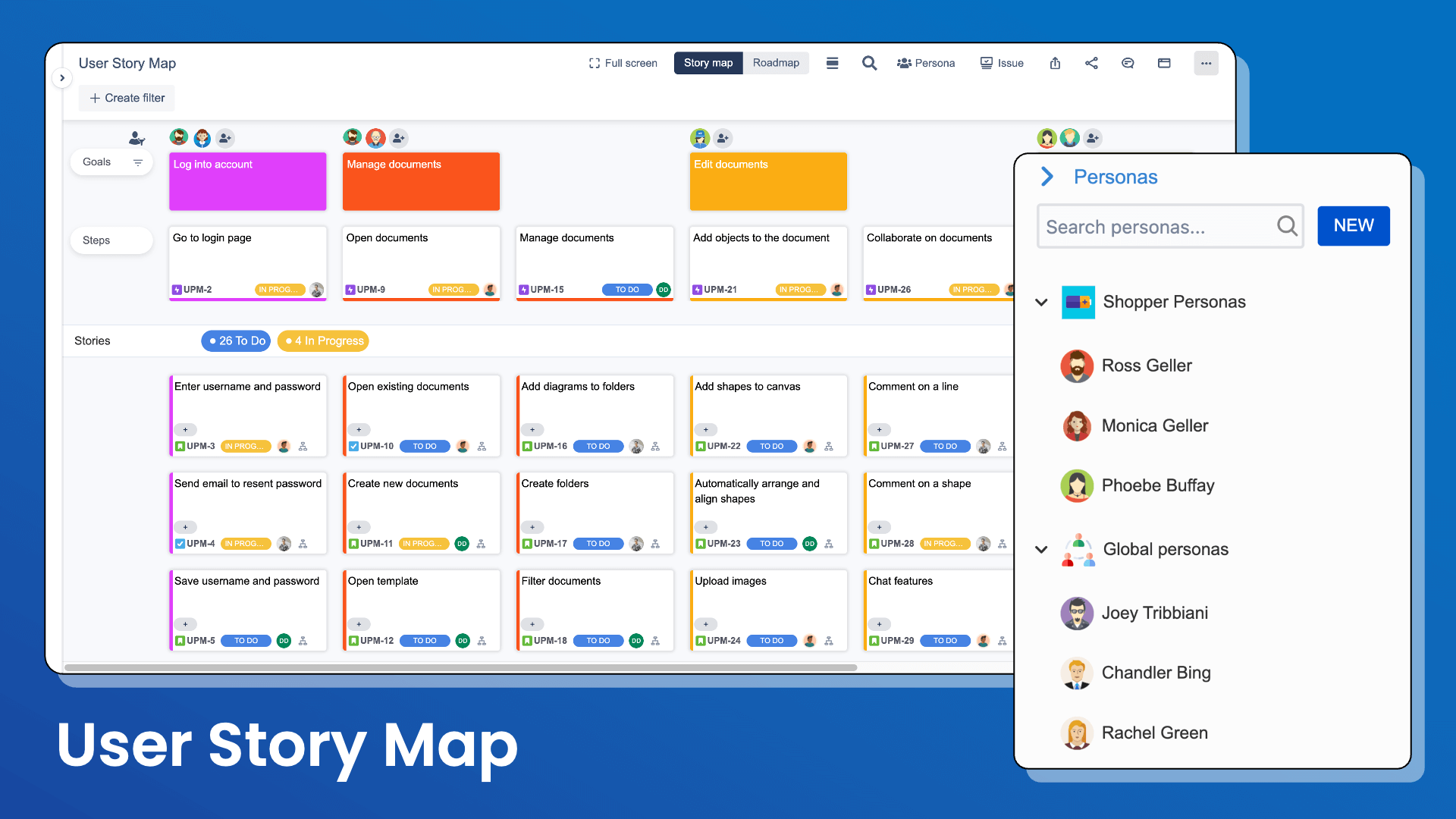
ProductGo is a tool that helps users create a user story map within Jira. It ensures that everyone is on the same page and that the product is being developed with the user’s needs in mind! Try out now: Agile User Story Maps, Roadmaps & Persona for Jira
User story mapping is a powerful technique that can be used to improve communication, reduce risk, and increase quality in software development. By visualizing the user journey and organizing user stories in a logical sequence, user story maps can help teams to deliver software that meets the needs of the users.
Sum Up
User stories are the cornerstone of agile software development, allowing teams to maintain a laser focus on the user’s perspective. They provide a structured way to capture and communicate user needs, while their evolution over time reflects the dynamic nature of agile methodologies.
By adhering to templates, embracing the INVEST criteria, and applying the 3Cs, teams can craft effective user stories that streamline development and ensure end-user satisfaction.

